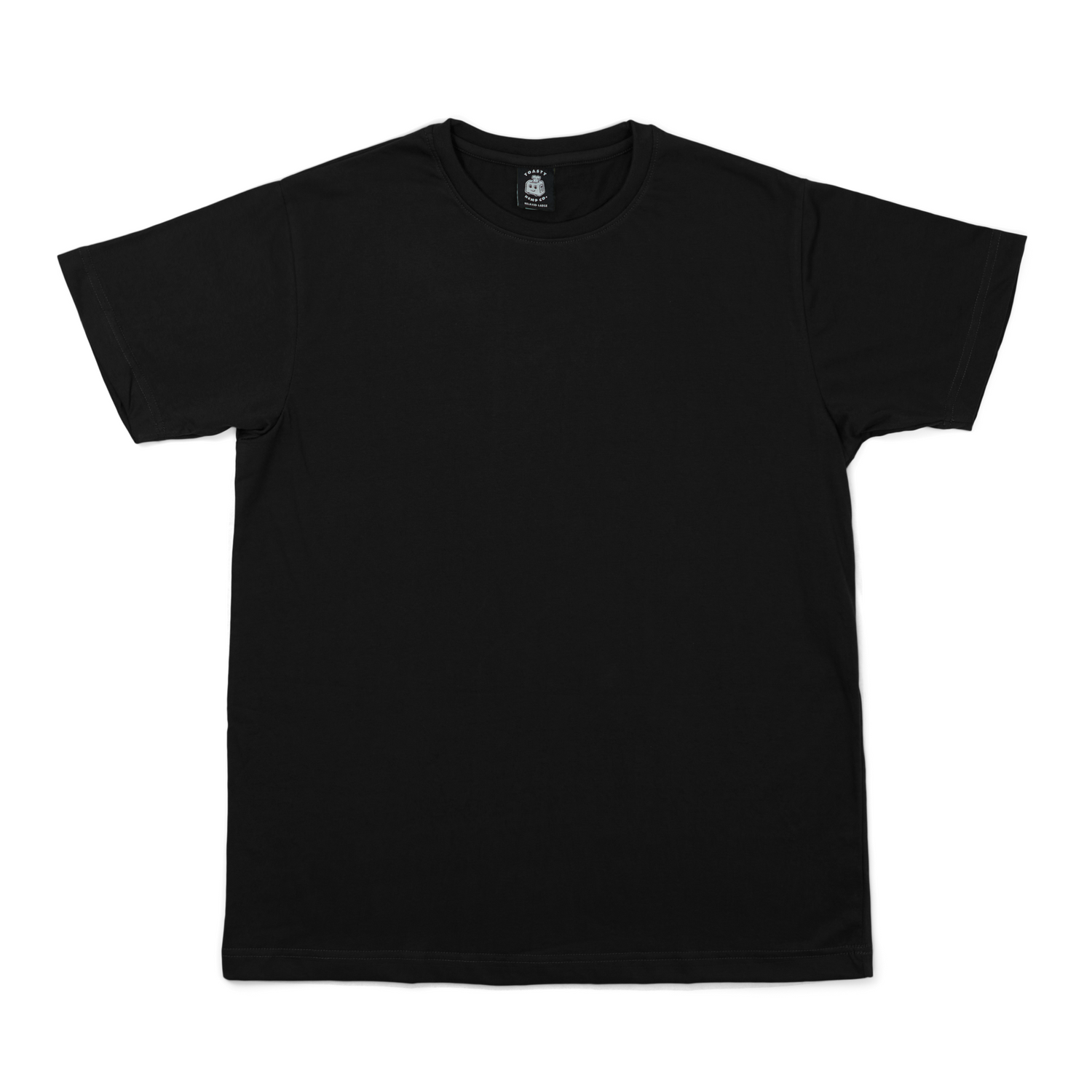So you're interested in hemp clothing – woo!
You’ve done your research on all of hemp clothing's amazing benefits, and you're ready to give your closet a serious upgrade. But then it hits you: sticker shock.
You find yourself scratching your head. Cue your inner monologue...
”I thought hemp was a cheap crop to produce! Why does this [insert any hemp item] cost so much?!"
Your initial thought isn’t necessarily wrong. When comparing hemp vs cotton, the hemp fiber IS a strong economical competitor to cotton fiber crops.
However, hemp has a complicated history within the USA that directly contributes to that higher cost – for now, anyway.
A Brief History Of Hemp In The USA
Hemp fiber has been used to create textiles, fabrics, ropes, yarns, rugs, and canvas for thousands of years!
Hemp's use in the USA can be traced all the way back to colonial times. Hemp was a major crop with some legendary cameos: it was reportedly grown by George Washington, used in the first American Flag, and even present in the paper used to draft the Declaration of Independence!
In the 1930s USA hemp cultivation faced a steep decline. Companies like DuPont, Kimberly Clark, and Hearst took an interest in promoting their new technologies and products – products that were not derived from hemp.
Additionally, negative claims about hemp were widely circulated, as it was cultivated from the same genus and species of plant as the cannabis associated with the psychoactive effects of THC.
This, in addition to the Marihuana Tax Act of 1937, contributed to the decline and eventual stoppage of hemp production in the USA across all industries.
Hemp cultivation actually experienced a brief resurgence in the WW2 era with the Hemp For Victory initiative, "encouraging farmers to grow as much as possible" but shortly after the end of the war the "de-facto ban" was put back in place...
...until recently!
Current State of Hemp Textile Production
Fast forward to the passage of The Agriculture Improvement Act of 2018, allowing industrial hemp to be legally cultivated after an 84 year hiatus!!!
Unfortunately, 84 years of inactivity had a lasting impact on the industry.
While many farmers were eager to farm industrial hemp, it was quickly discovered that US lacked the latest technology and infrastructure to support the development of hemp textiles from farm to factory.
This lack of infrastructure & expertise has forced USA apparel companies to look outside of the states for hemp textile suppliers. In turn bringing higher production costs, international shipping fees, and increased time until the garments land in customer hands.
While progress is being made with bringing infrastructure and hemp textile manufacturing back to USA, the inability to mass produce hemp has greatly affected the clothing industry.
TOASTY HEMP CO wants to do something about it!
We are actively working to identify and collaborate with local companies and support hemp clothing made in the USA. While the current line of TOASTY apparel is responsibly sourced internationally, we are working each day to bring our hemp apparel production and manufacturing back to the USA.
It won’t be overnight, but we hear you, and we are working towards it!!
Resources:
Crini, G., Lichtfouse, E., Chanet, G., & Morin-Crini, N. (2020). Applications of hemp in textiles, paper industry, insulation and building materials, horticulture, animal nutrition, food and beverages, nutraceuticals, cosmetics and hygiene, medicine, agrochemistry, energy production and environment: a review. Environmental Chemistry Letters, 18, 1451-1476. https://doi.org/10.1007/s10311-020-01029-2
Trouter, A. (2021, November 2). How fashion is helping hemp fiber get back on track. Hemp Grower. https://www.hempgrower.com/article/fashion-cotton-hemp-fabric-fiber-patagonia/
Herer, J. (2020). The emperor wears no clothes (14th ed.). Herer and Media Publishing, Inc.


